Would you buy luxury jewellery online? Thousands do – here’s how Cartier, Louis Vuitton and Jaeger-LeCoultre are crafting exclusive e-commerce experiences for the most precious things money can buy
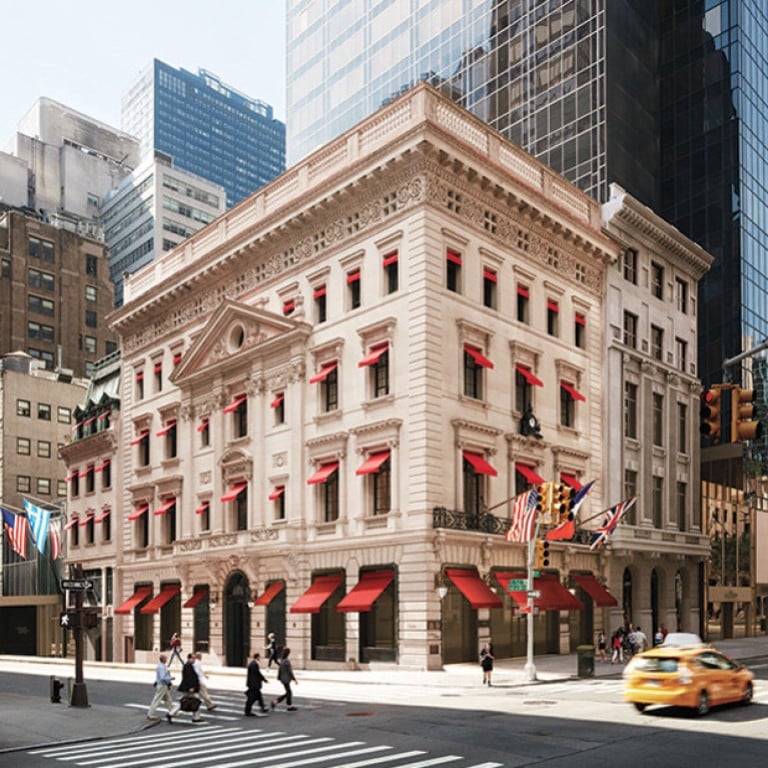
If Covid-19 taught us anything, it is that when we can’t get out and about to discover things we might want to buy, brands, restaurants and just about any other business will find a way to get those things to us. While online shopping is nothing new, retailers and brands have upped their game when it comes to delivering instant gratification. And that “order now and show up at your doorstep in an hour” experience isn’t reserved only for your restaurant takeaway or grocery delivery any more.
While shoppers were homebound, many luxury brands capitalised on the e-commerce structures already built into their online platforms and expanded their e-retail business.
Art, nature, volcanoes? The biggest high jewellery launches of 2023 so far
A report by management consulting firm Bain suggests that between 2019 and 2020, China’s luxury online retail accounted for 23 per cent of total sales. It’s such a hefty share of the 346 billion yuan (HK$392.5 billion) industry that no luxury brand could afford to ignore it.
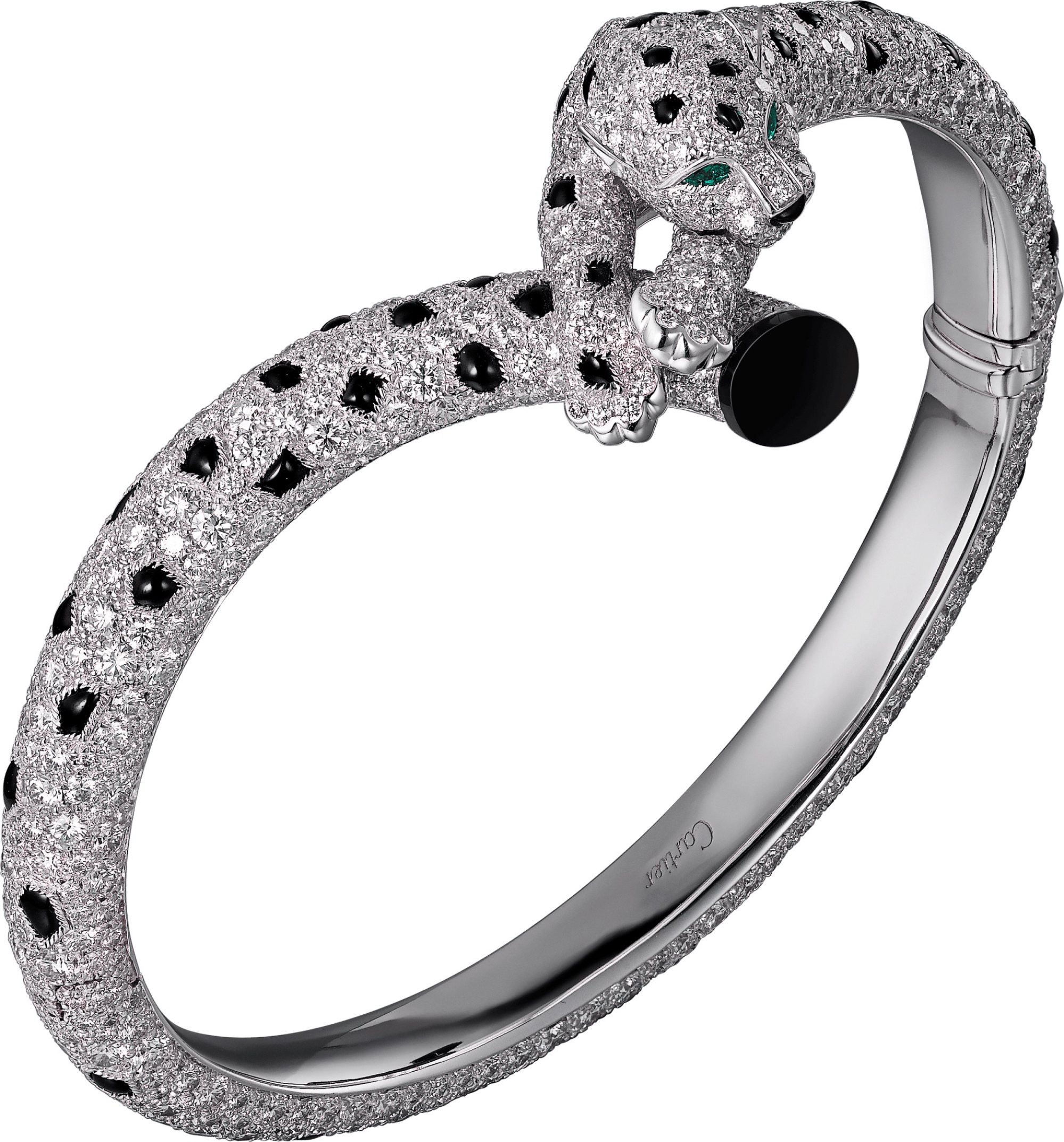
Clearly, buying a full diamond-paved Panthère de Cartier bangle or a five-carat solitaire pendant isn’t the same as buying a Louis Vuitton purse.
The online shopping model has always been successful in capturing buyers who want fast-moving luxury items like bags, ready-to-wear, or small leather goods and shoes. But when it comes to jewellery, factors like diamond cut, colour and quality are extremely personal choices that weigh heavily on a decision to buy.
Understanding this unique personal experience with jewellery shopping, brands like Cartier and Chaumet have taken on approaches that go beyond simply letting you drop an item into your shopping trolley on their site.
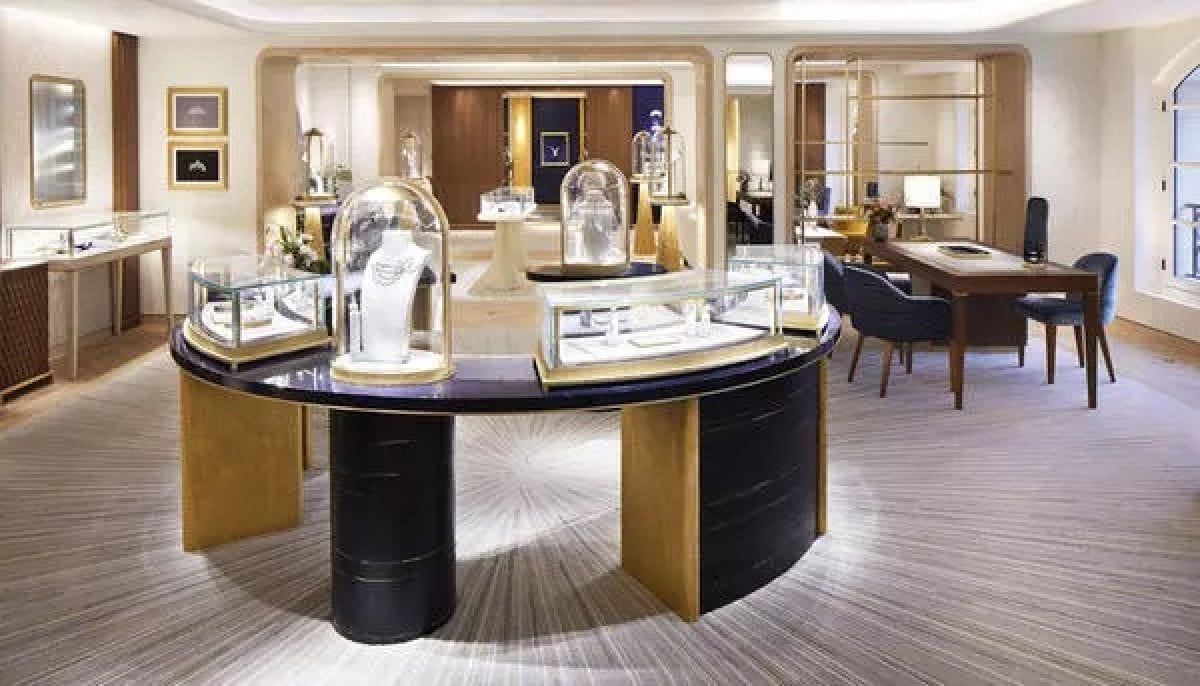
Virtual showrooms often provide a direct line to in-store sales associates who can join a video call to show clients the piece of jewellery they are interested in – the next best thing to the full touch-and-feel experience at a physical boutique.
How to get your jewellery box summer holiday ready with colourful pieces
This live interaction also provides a chance for brands to personalise each sale, something they would not have been able to do with just an online shopfront.
Once the sale is completed, same-day delivery means whatever the purchase may be, if it’s in stock at your local boutique, the item is guaranteed to be just a taxi ride away. And the generous return and exchange policies in place for online purchases take away any uncertainty for those who fear buyer’s remorse.
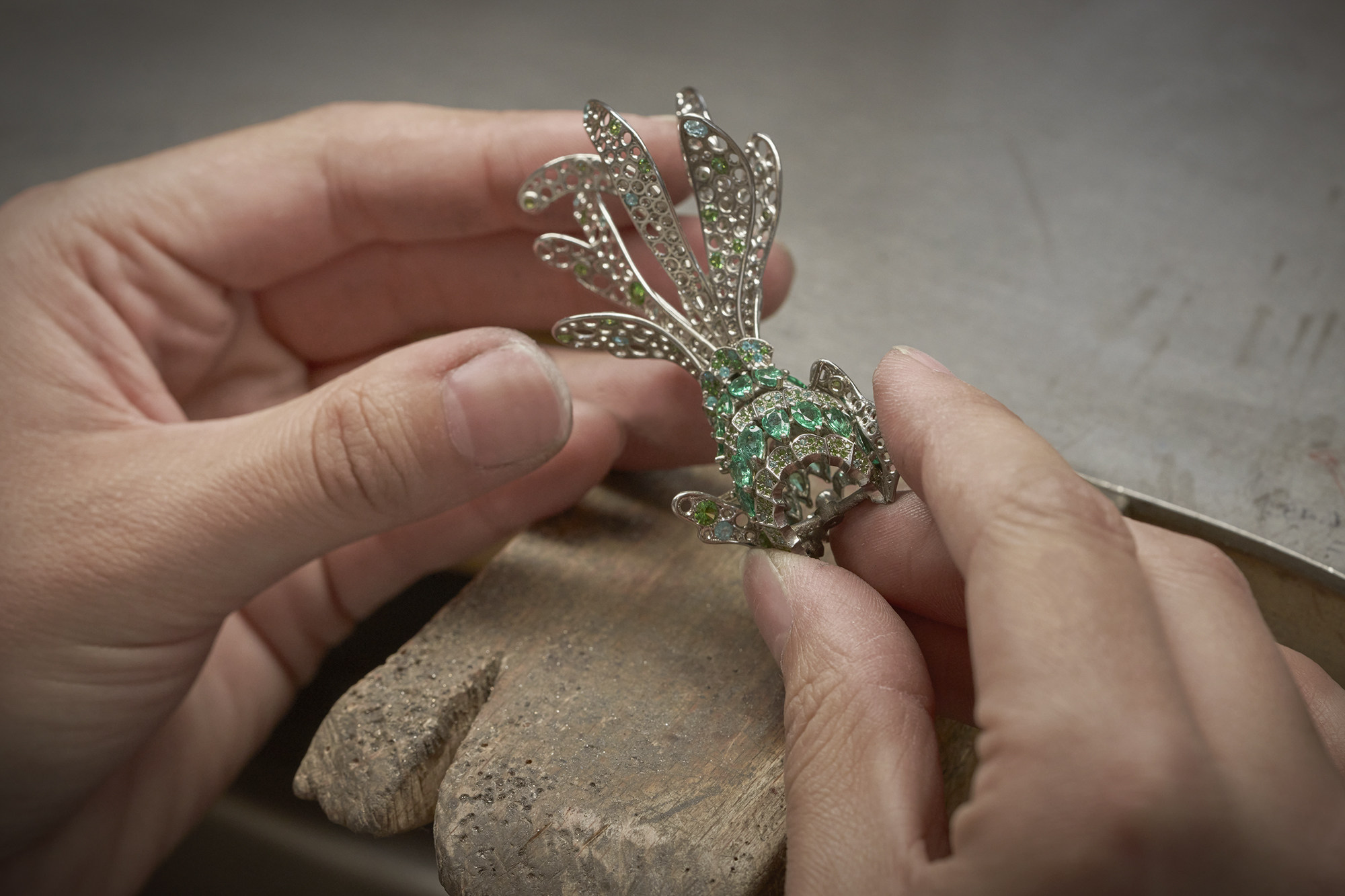
Still, other brands like Chopard, and Richemont group’s Vacheron Constantin and Jaeger-LeCoultre, rely on online retail partners like Net-a-Porter and Farfetch to bridge that gap between sales associate and client.
Van Cleef & Arpels’ Nicolas Bos on Le Grand Tour line unveiled in Rome
Net-a-Porter’s EIP, or Extremely Important Person, is a loyalty programme that assigns personal shoppers to their highest spending clients, providing them with recommendations based on their style, preference, budget, plus same-day delivery and after-sales service.
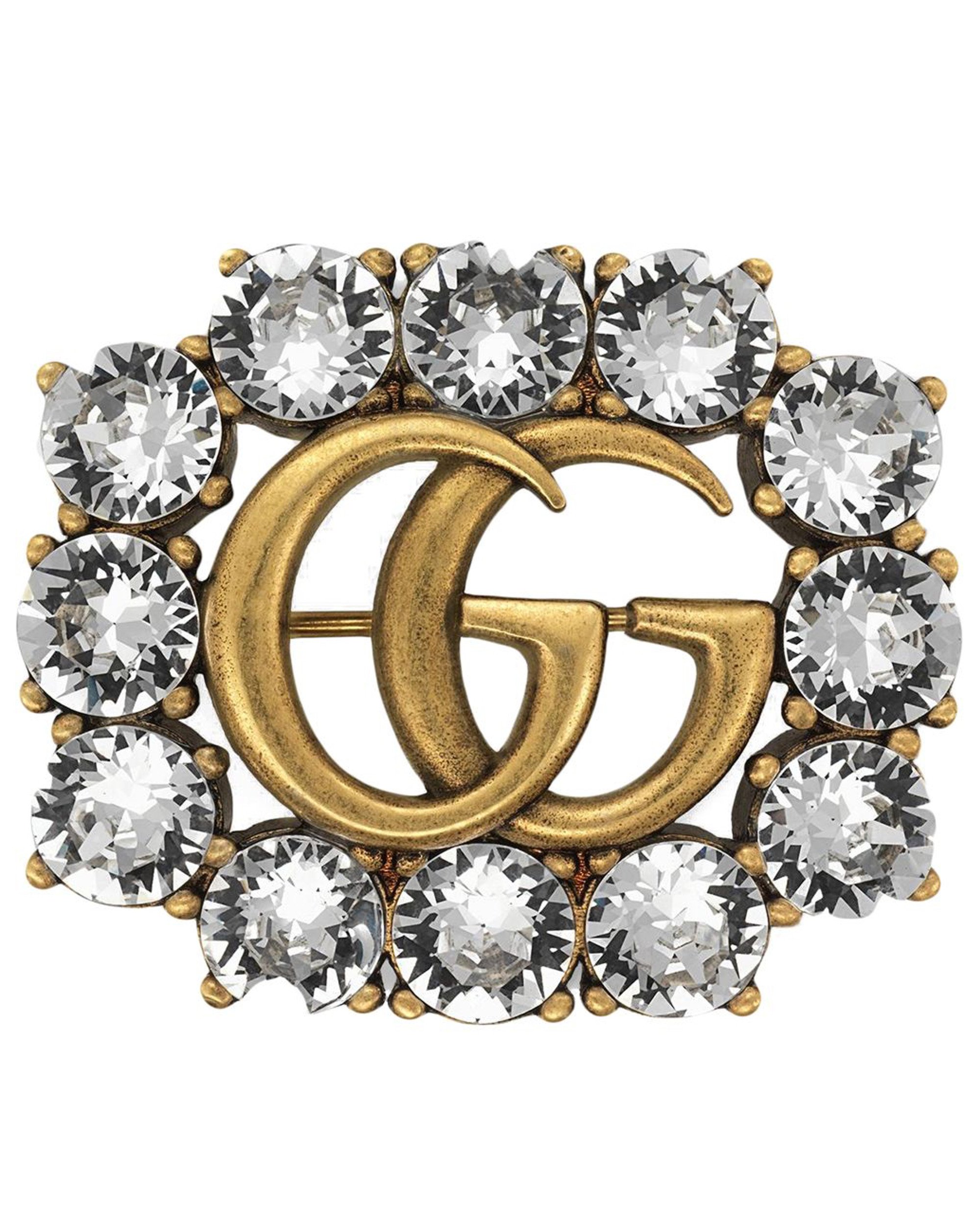
These EIPs can turn to their personal shoppers for their luxury purchases, and brands can develop relationships with new clients through these personal shoppers.
While the increasingly personalised online shopping experience carved out a new revenue stream for luxury brands during lockdowns, the virtual buying model had already long been on the rise for another major player in the luxury industry market – auction houses.
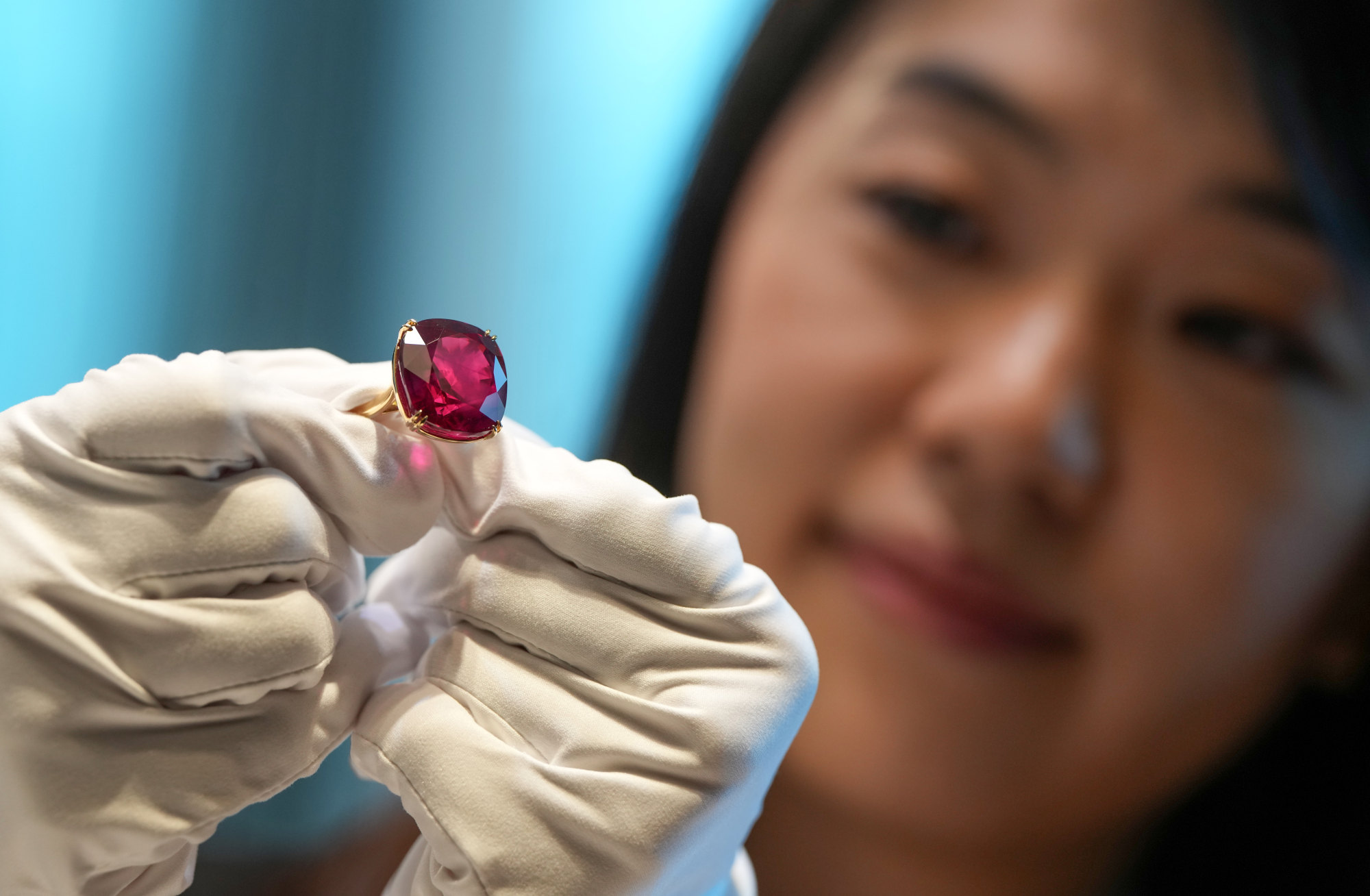
The one-of-a-kind nature of auction items naturally lends itself to a remote buying experience. Bidders are used to making decisions based on just photos and the opinions of in-house specialists with whom they’ve built personal relationships.
Why are luxury fashion brands like Dior and Prada delving into high jewellery?
For years, auction houses have been running successful online-only auctions for entry-level lots that are targeted at first-time buyers and users rather than collectors.

Now, with the world embracing face-to-face experiences again, shoppers are likely returning to physical retail spaces for that touch-and-feel experience. Those who collect jewellery will often buy because a piece “spoke” to them. No amount of virtual help will be able to replace that emotional connection between a client and that perfect piece of jewellery.
But luxury shoppers could get used to bringing the showroom home if it means they can try jewellery on with an outfit, or to mix and match with other pieces already in their collection – a gap that technology is filling fast.

- Clearly, buying a diamond-paved Panthère de Cartier bangle isn’t the same as a Louis Vuitton purse – so how are luxury houses reaching buyers online now lockdown is a thing of the distant past?
- Chaumet created their own virtual showrooms, while Chopard, Vacheron Constantin and Jaeger-LeCoultre reward with loyalty programmes developed with Net-a-Porter and Farfetch